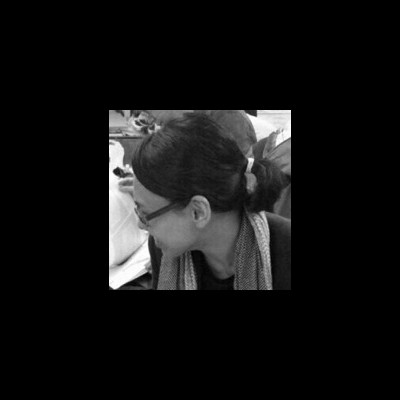5 key facts about this project
At its core, the project represents a commitment to creating spaces that serve their inhabitants effectively while fostering a strong connection with the environment. The primary function of the building is [insert primary function, e.g., a community center, educational facility, residential complex], designed to accommodate a variety of activities and gatherings. This versatility is achieved through intelligent spatial planning, which allows for the fluid movement of occupants and an inviting atmosphere that encourages interaction.
The architectural design features an open layout that promotes both transparency and accessibility. This is particularly evident in the carefully arranged communal areas, which serve as focal points for interaction. Areas intended for gathering are generously illuminated with natural light, provided by strategically placed windows and skylights. These design choices not only enhance the visual appeal of the spaces but also contribute to the well-being of its users by creating a welcoming environment.
One of the unique aspects of the project is its materiality. The architectural design incorporates a thoughtful selection of materials that reflect the local context and climate. The use of concrete, for instance, brings strength and durability, while large expanses of glass facilitate a visual connection with the outdoors, blurring the boundaries between the interior and exterior environments. Additionally, the integration of natural materials like wood and stone adds warmth and texture, contributing to a balanced aesthetic that resonates with the natural surroundings.
The project also demonstrates a creative approach to environmental sustainability. Various passive design strategies have been employed to minimize energy consumption and reduce the building's environmental footprint. For example, the orientation of the building takes advantage of prevailing winds for natural ventilation, while roof overhangs and shaded areas help regulate internal temperatures, enhancing comfort throughout the seasons.
Attention to detail is prevalent throughout the design, from the arrangement of spaces to the selection of furnishings. Elements such as built-in seating provide functional solutions while contributing to the overall architectural language of the project. The layout is designed to encourage flow, allowing users to navigate effortlessly between spaces, whether it be through open corridors or intentional sightlines that draw the eye across the structure.
The relationship between the building and its site is another critical factor. Landscaping surrounding the project has been designed to enhance the setting without overwhelming the architecture itself. Native plantings provide ecological benefits while ensuring that maintenance is manageable and sustainable. The outdoor areas further enhance the functionality of the project, offering additional spaces for gatherings and activities, reinforcing the connection between architecture and nature.
The project also resonates with cultural significance, reflecting the local community's identity and values. This connection to place is carefully woven into the architectural fabric, making it not just a functional space, but also a landmark that represents the aspirations and history of the area. By drawing inspiration from local architectural styles and community needs, the design creates a sense of belonging and pride among its users.
In terms of unique design approaches, the project challenges conventional layouts by incorporating flexible spaces that can adapt to changing needs over time. This adaptability ensures longevity and relevance, allowing the architecture to evolve alongside the community it serves. By considering future requirements during the design process, the project not only addresses current demands but also prepares for the unforeseen challenges that may arise.
The culmination of these elements creates a cohesive architectural narrative that is straightforward yet thought-provoking. This project illustrates how careful consideration of design can result in a space that is not only functional but also uplifting and engaging. The intentions behind the design showcase a profound understanding of how architecture can influence the way people live, work, and interact.
To gain deeper insights into this architectural endeavor, I encourage readers to explore the project presentation further. Reviewing the architectural plans, architectural sections, and a range of architectural designs will provide a clearer picture of how each element contributes to the overall vision and functionality of the project. This exploration will reveal the thought processes and ideas that shaped this well-crafted architectural expression.


 Tat Hon Wong,
Tat Hon Wong,  Yee Ning Liu,
Yee Ning Liu, 























